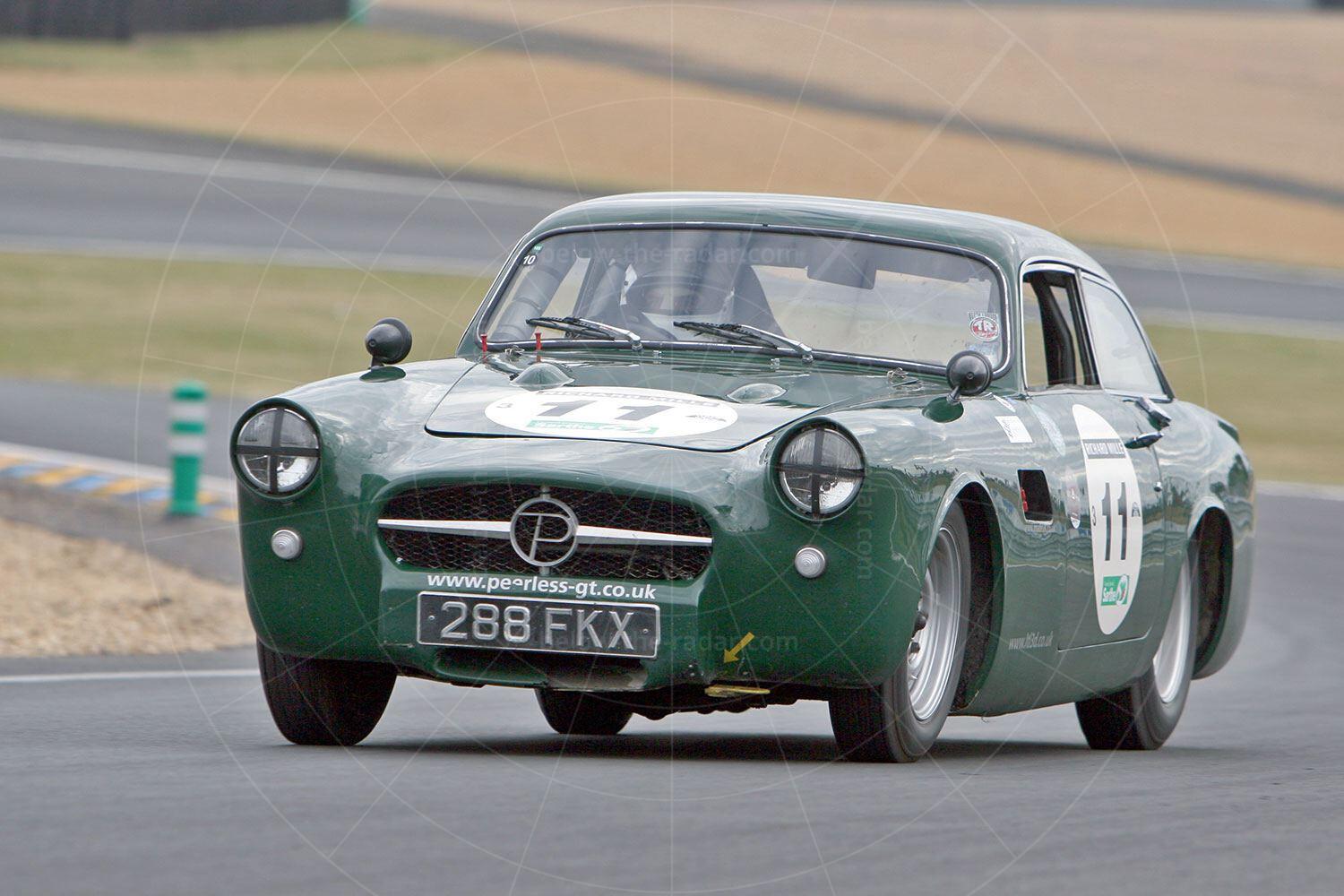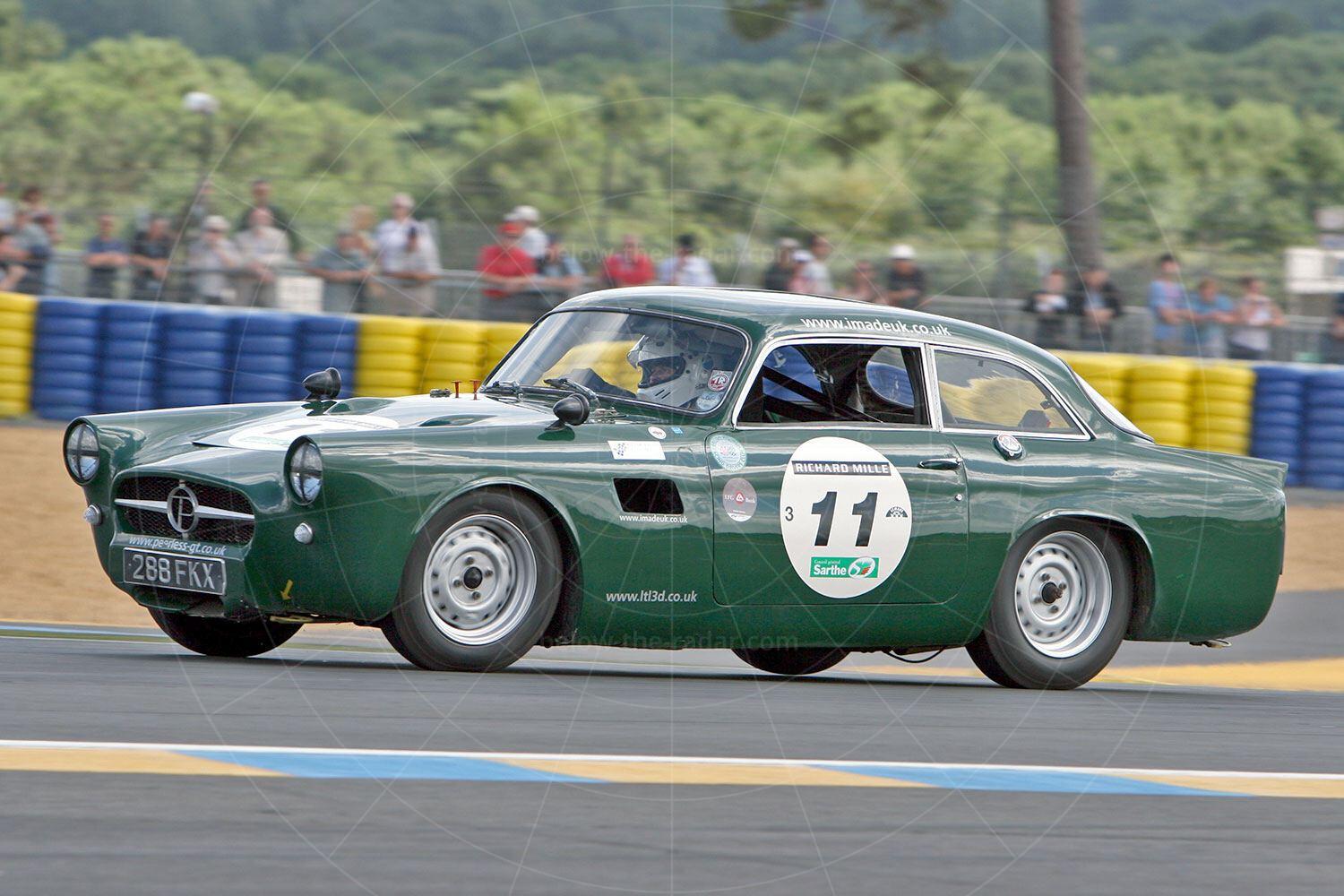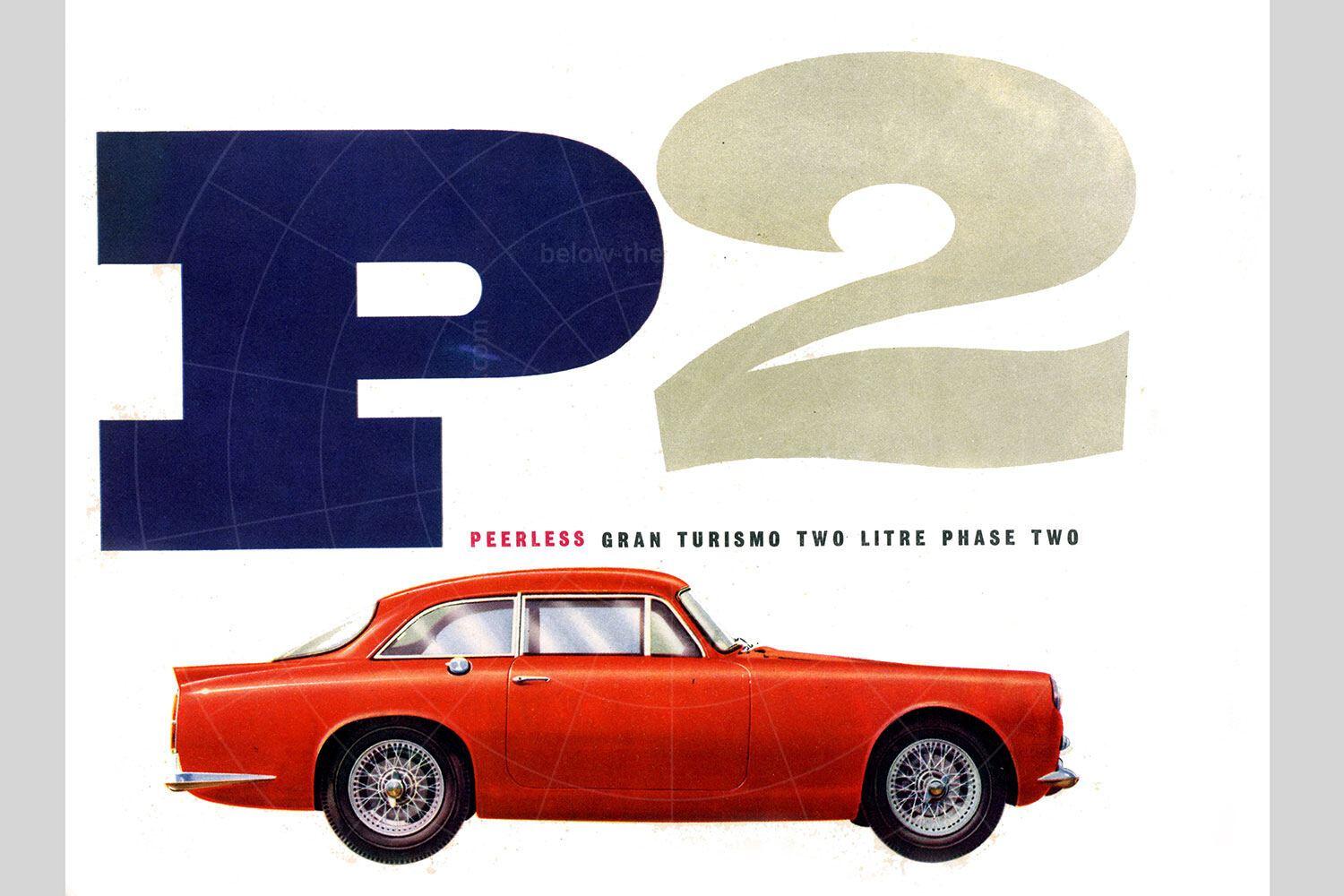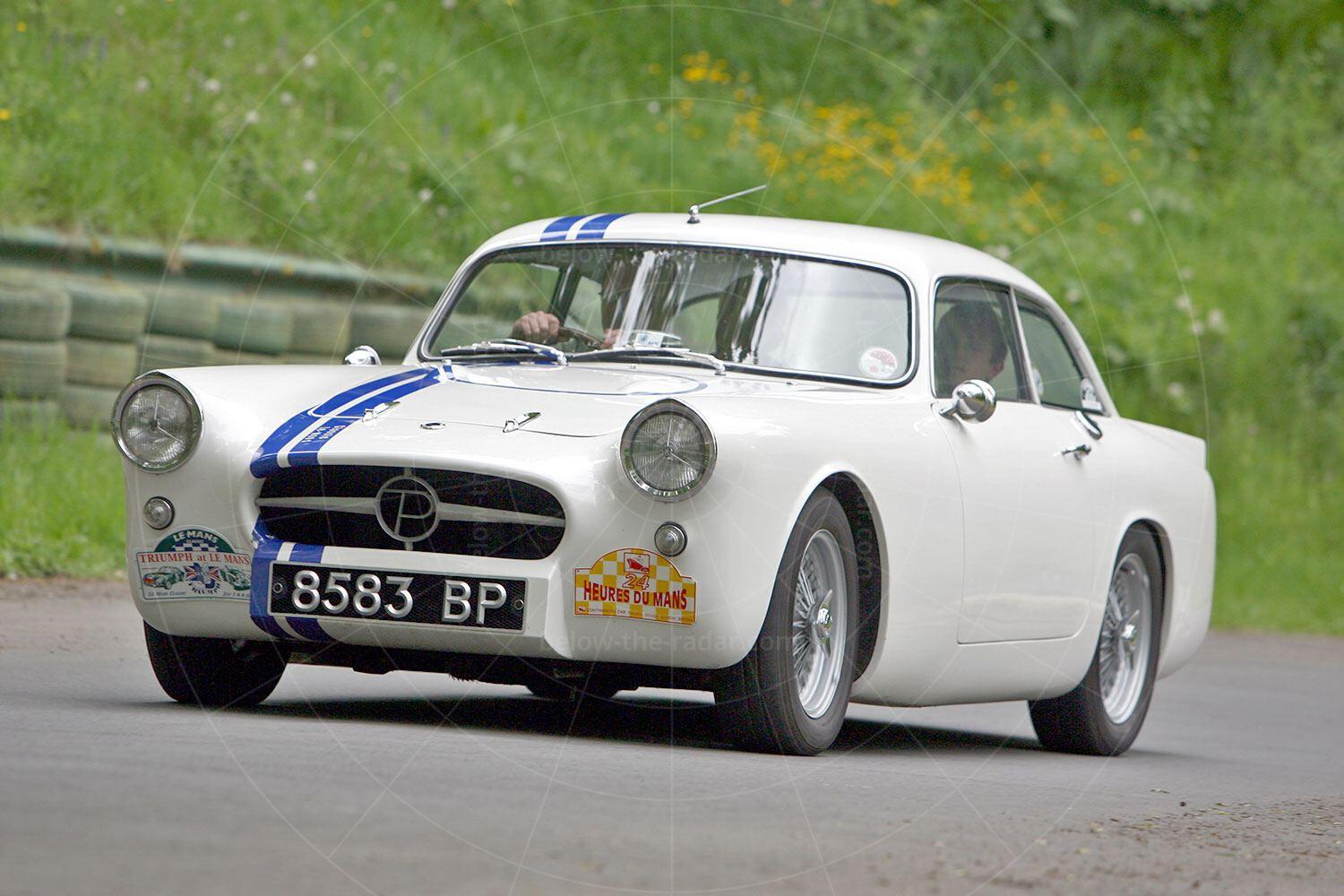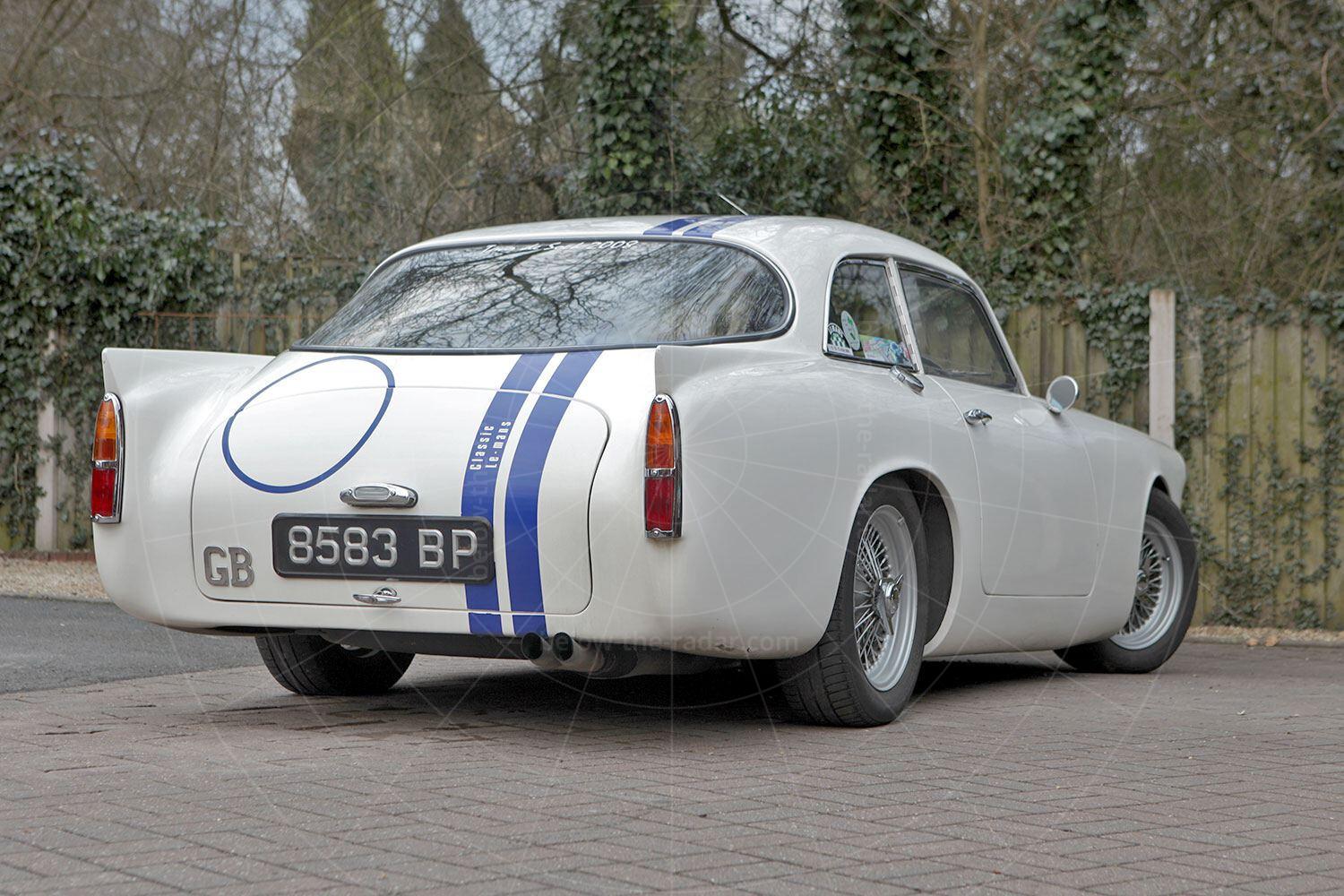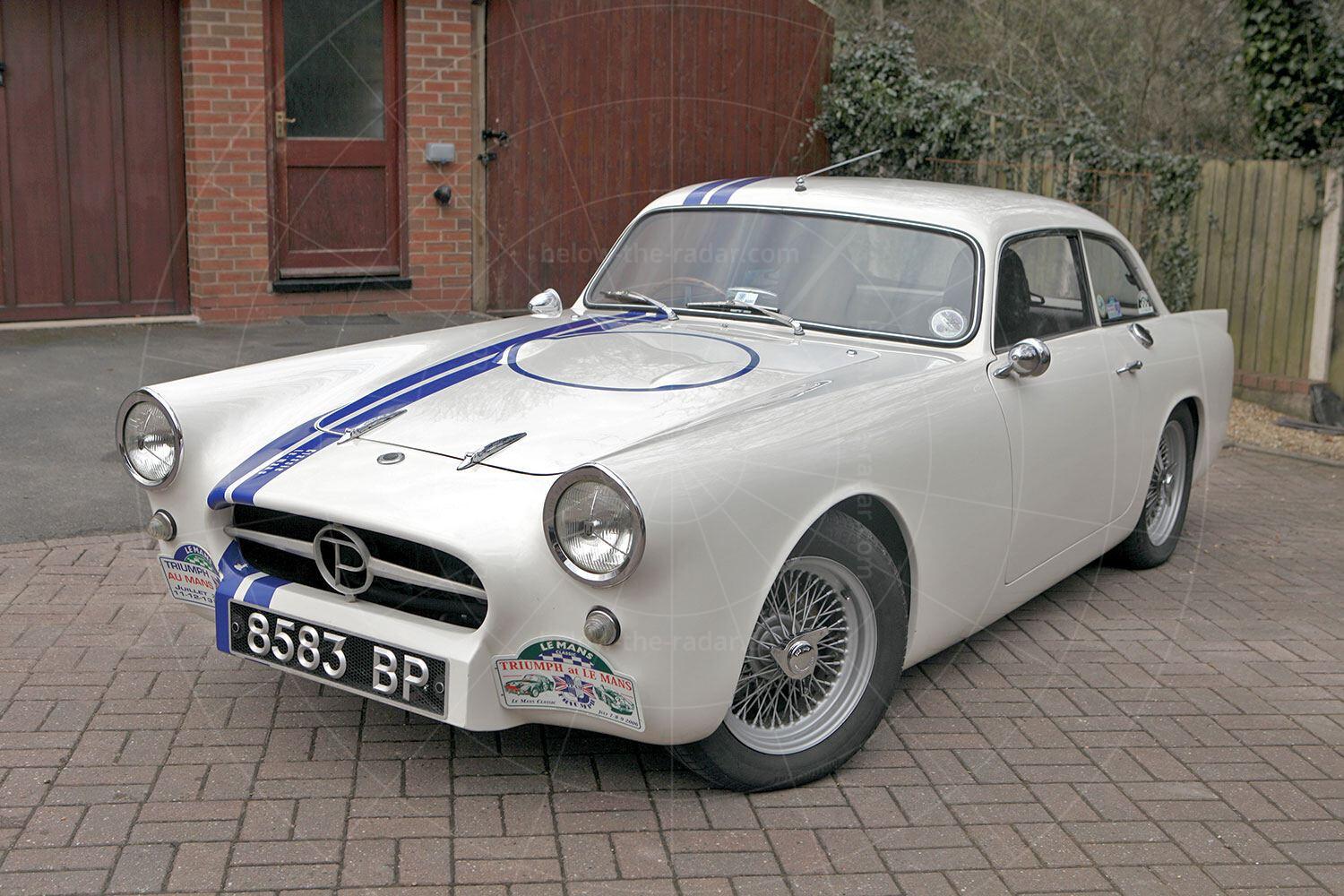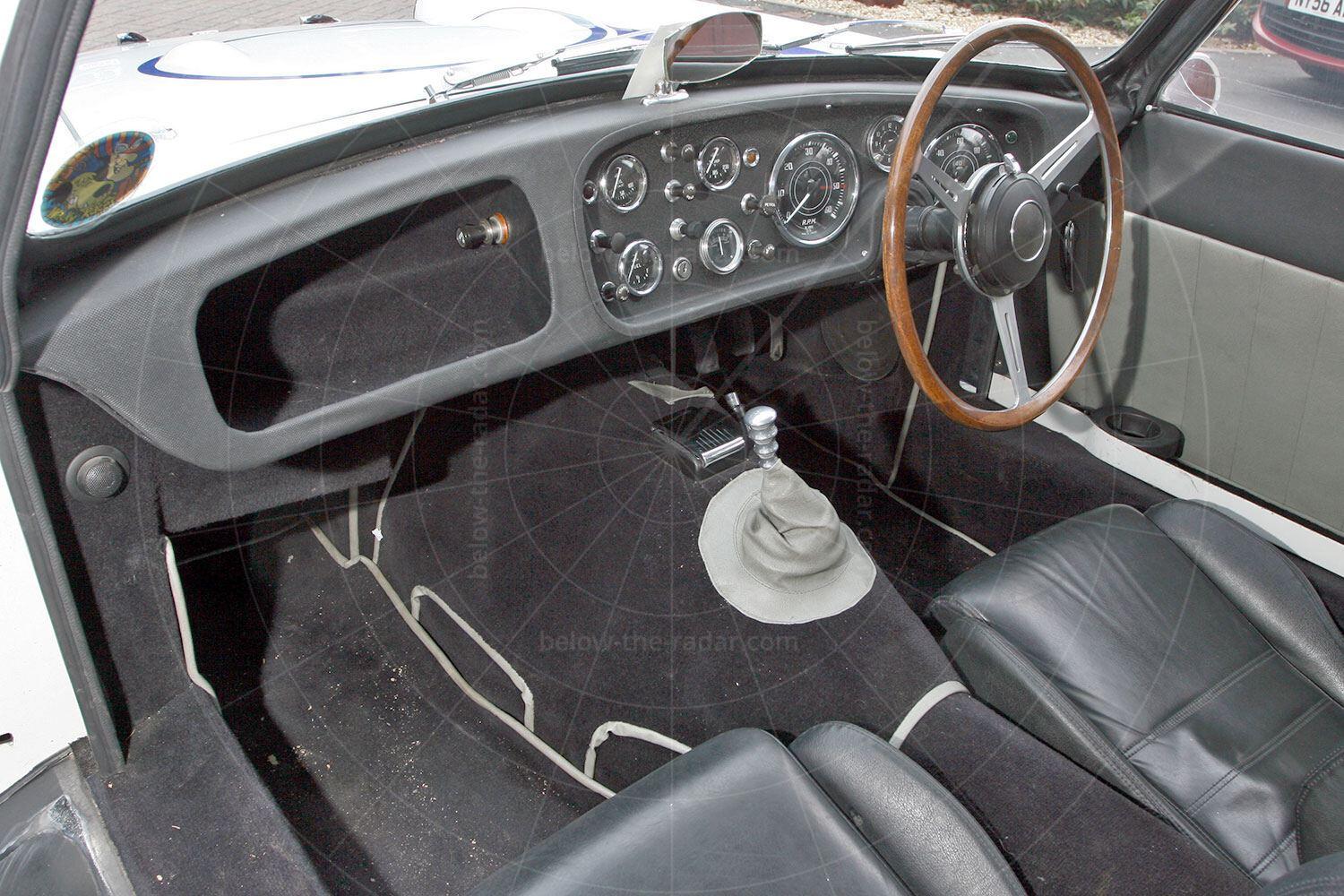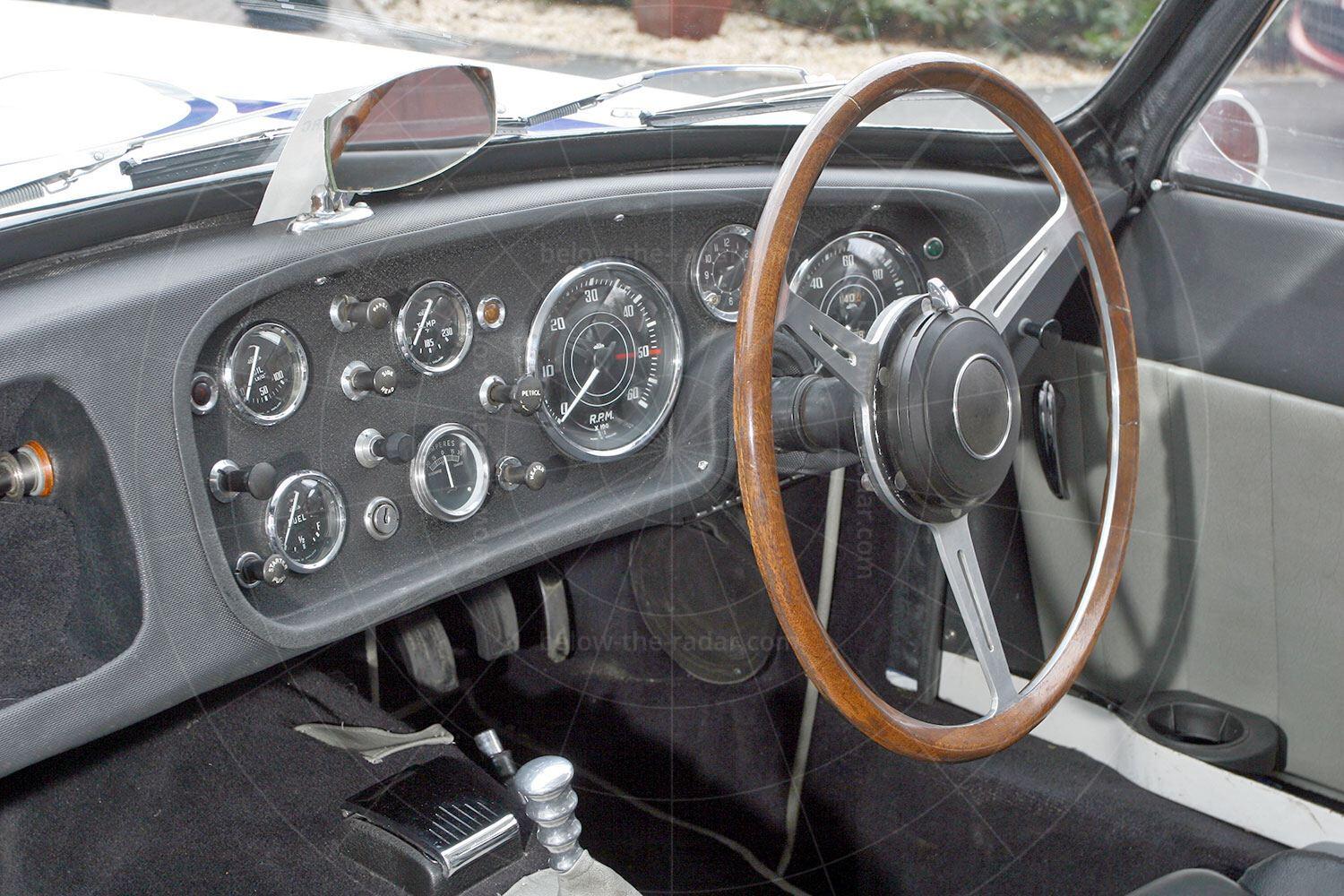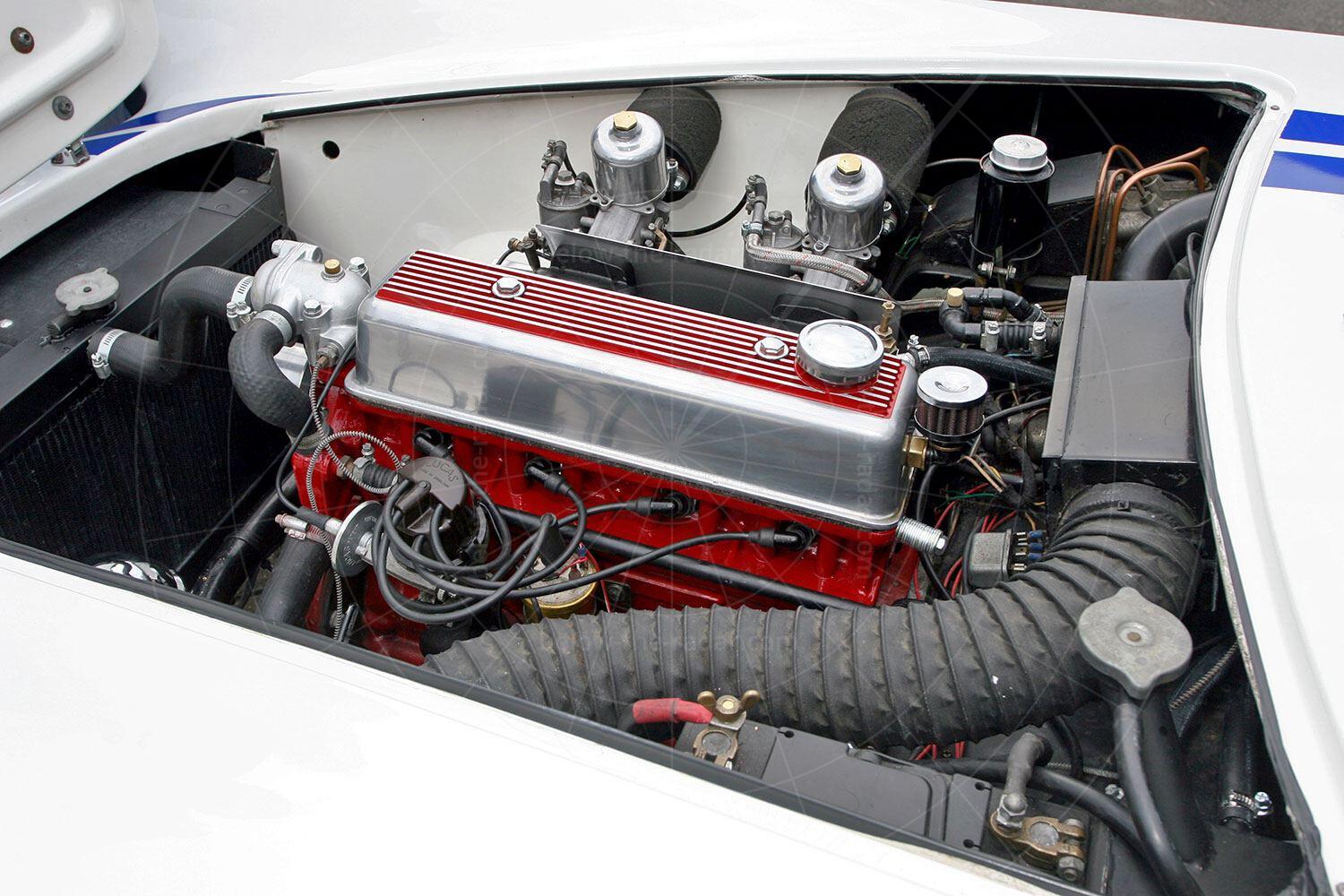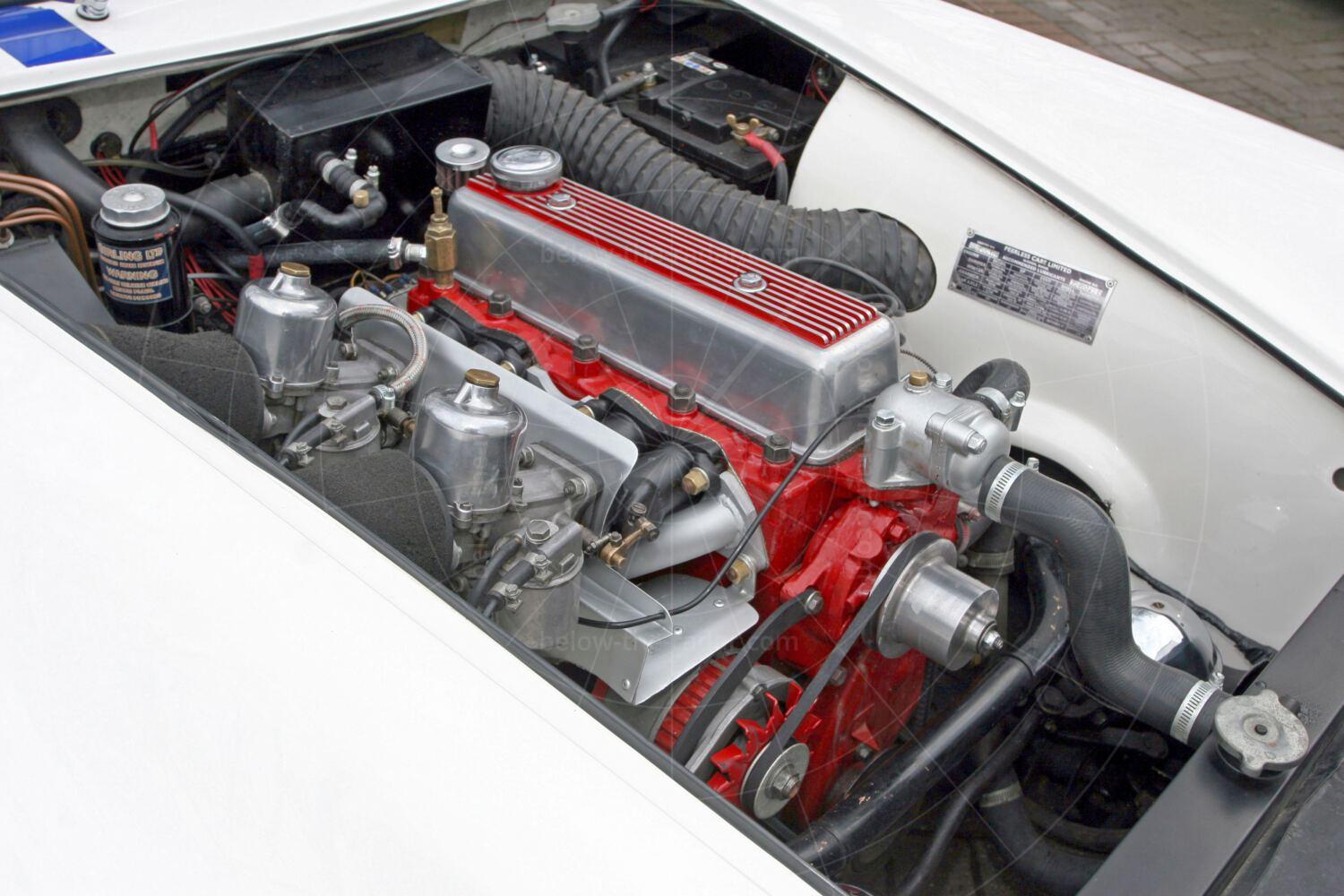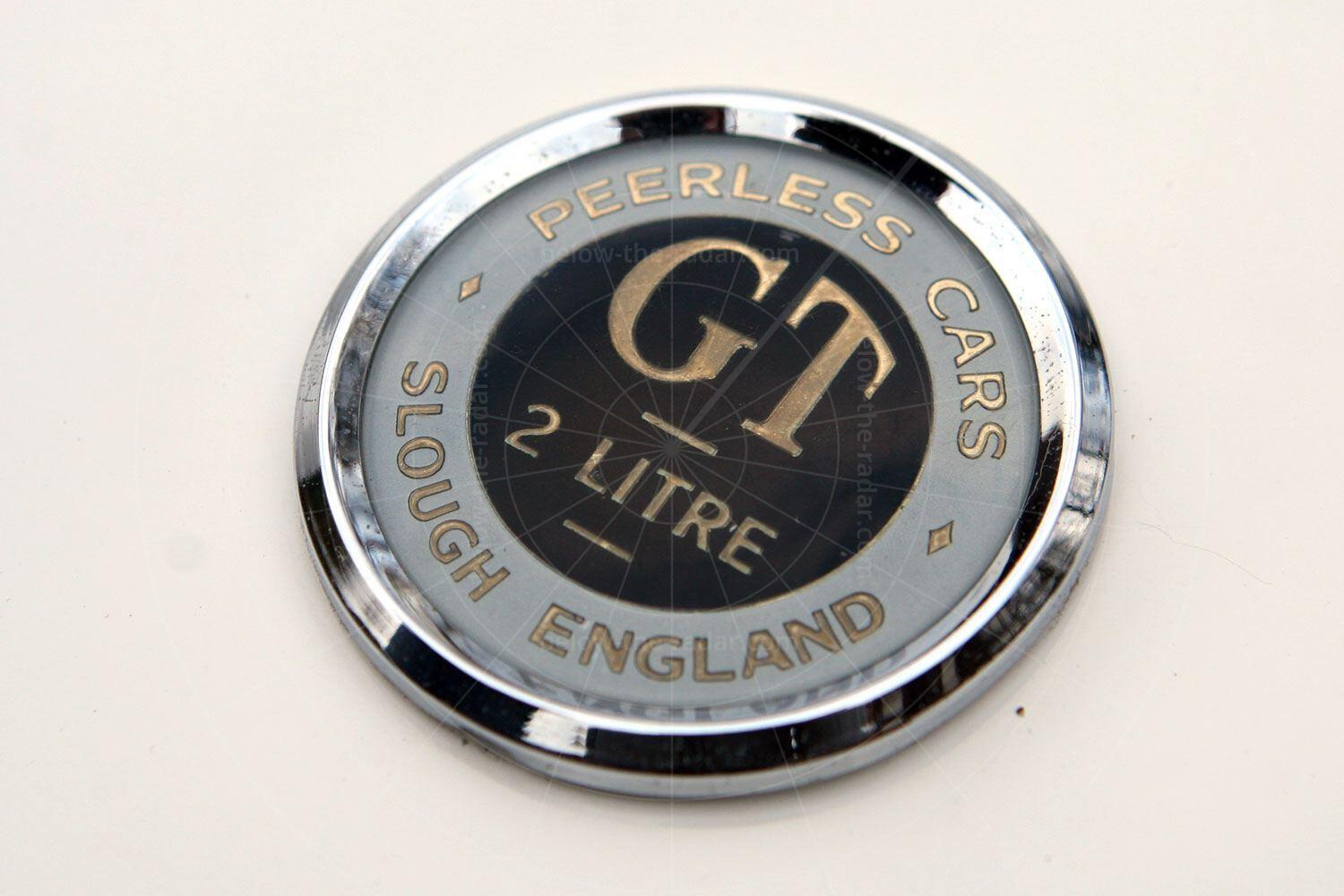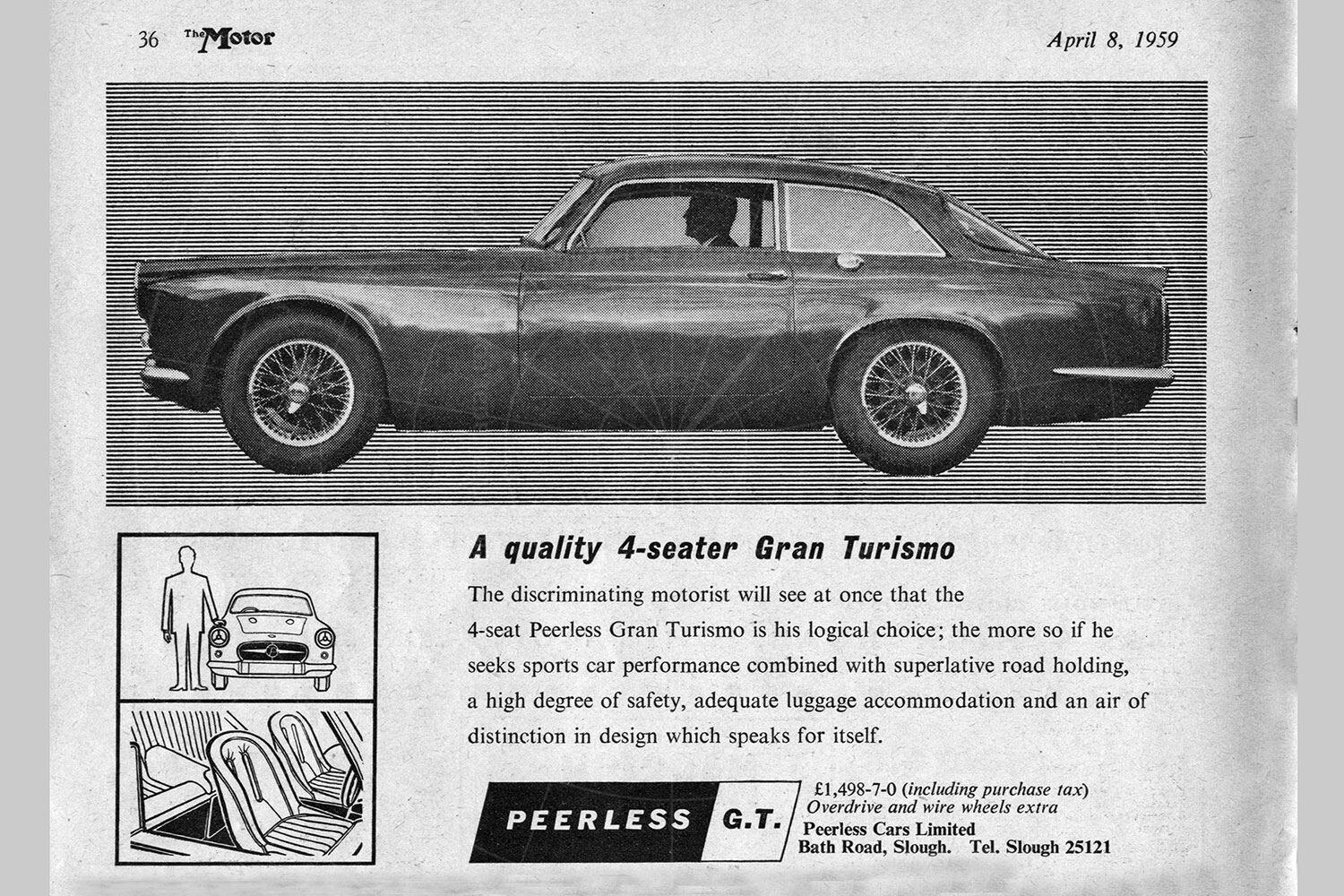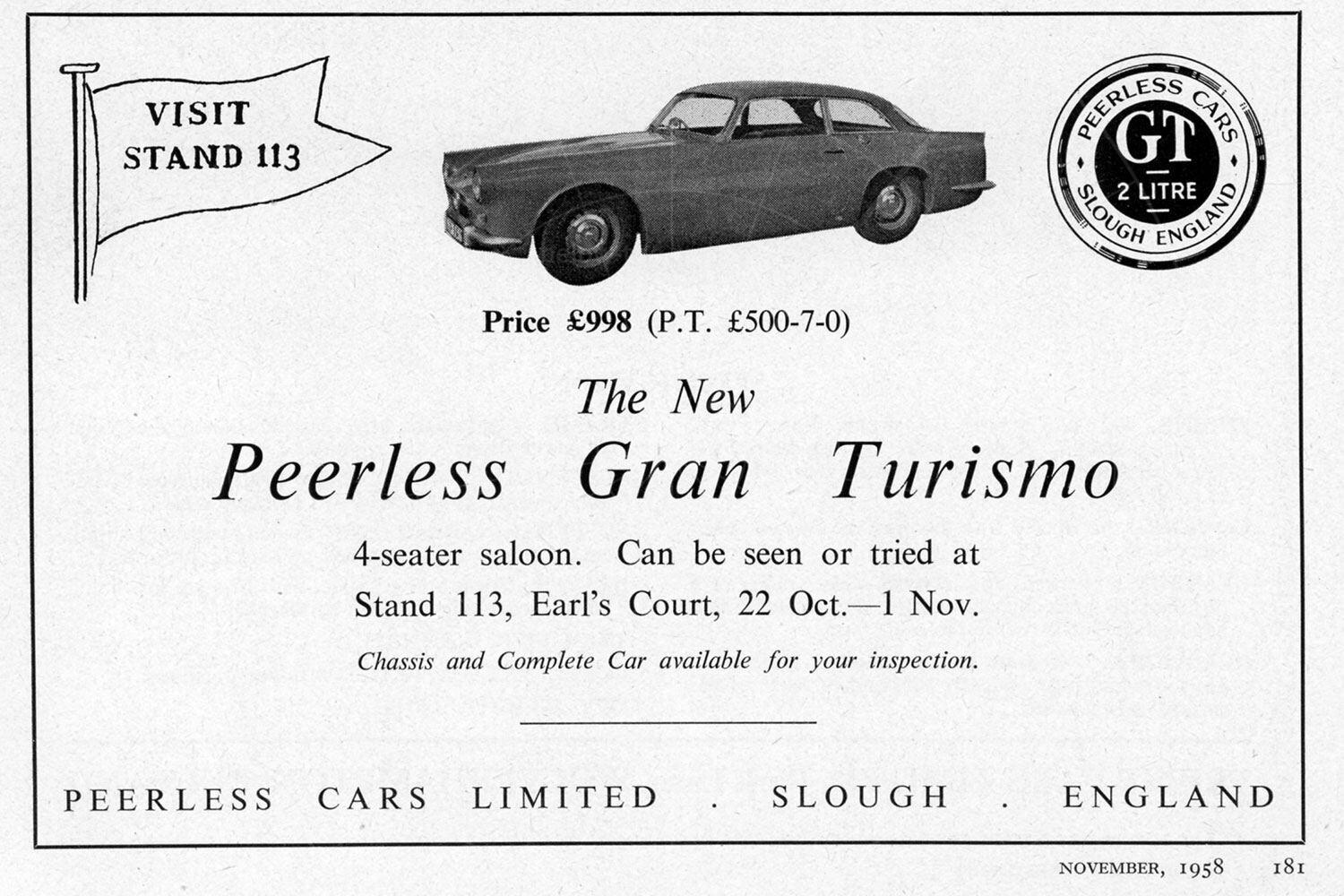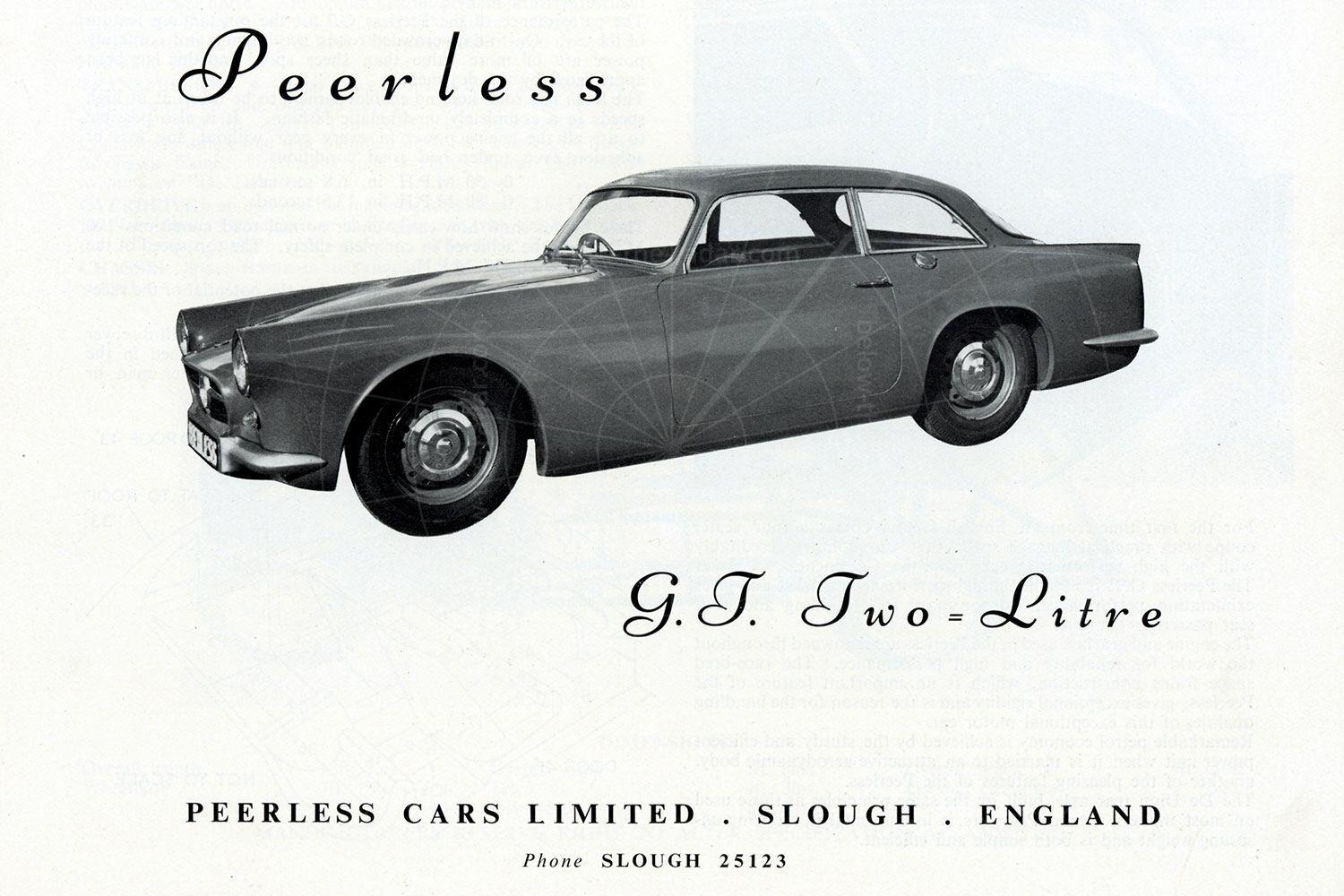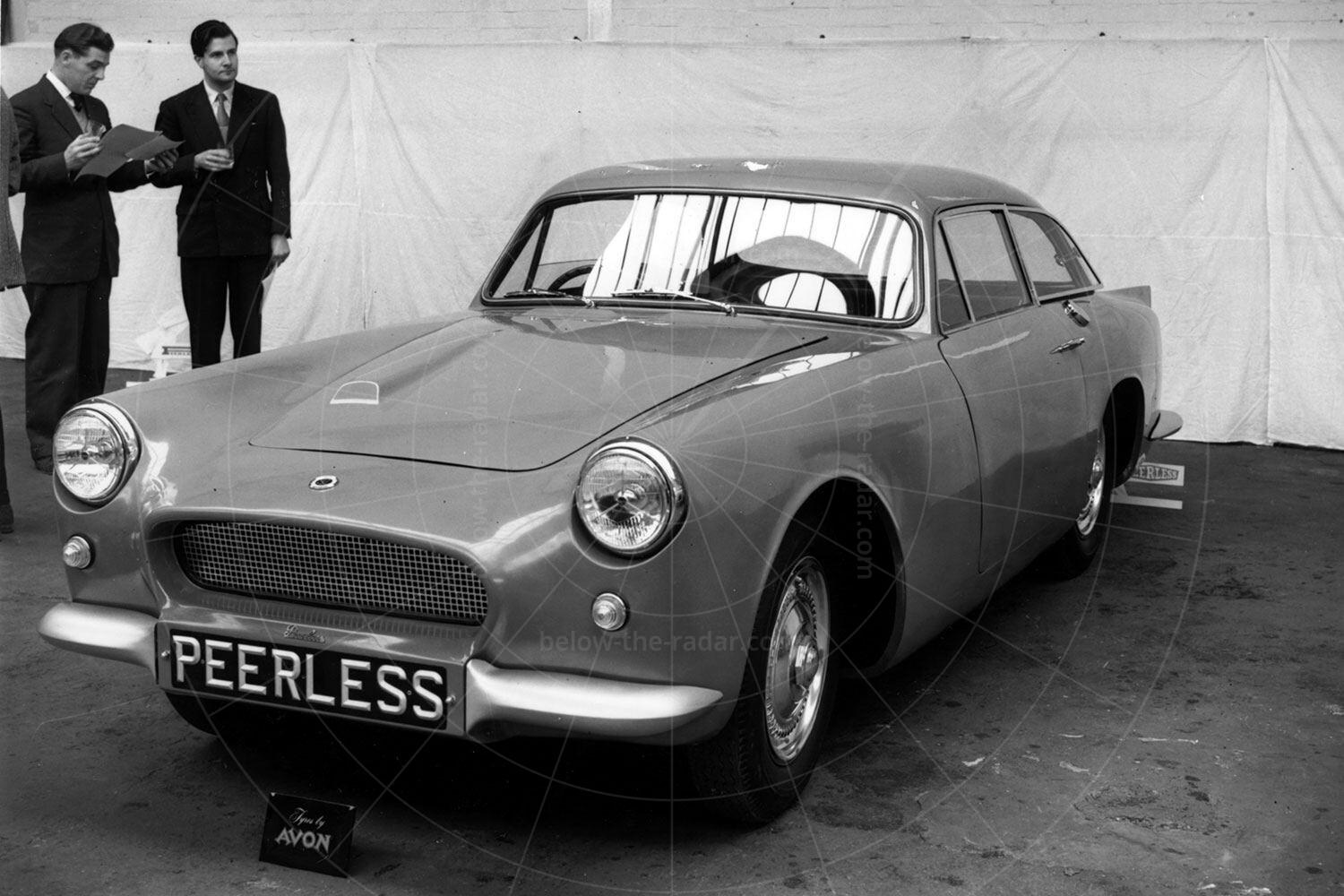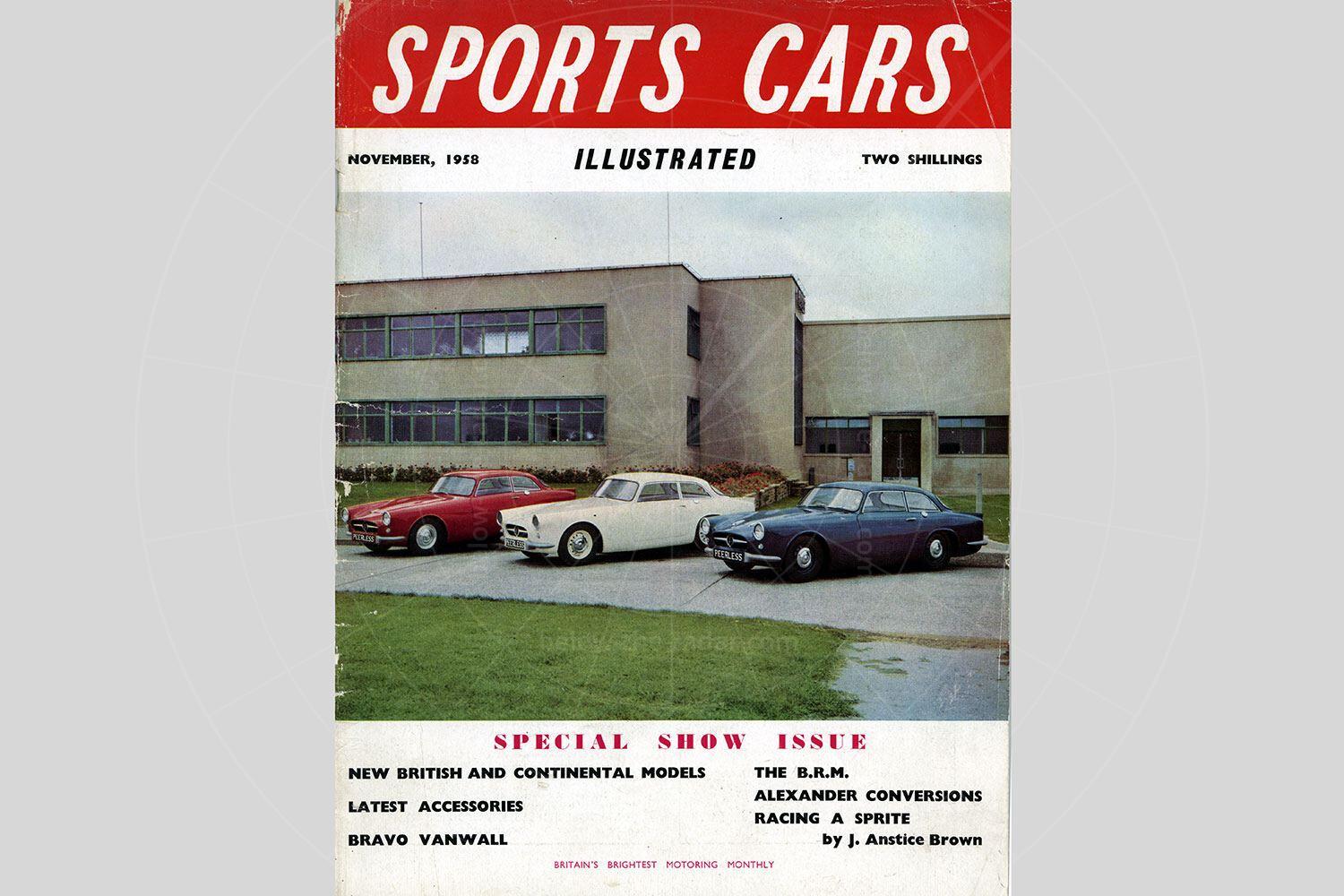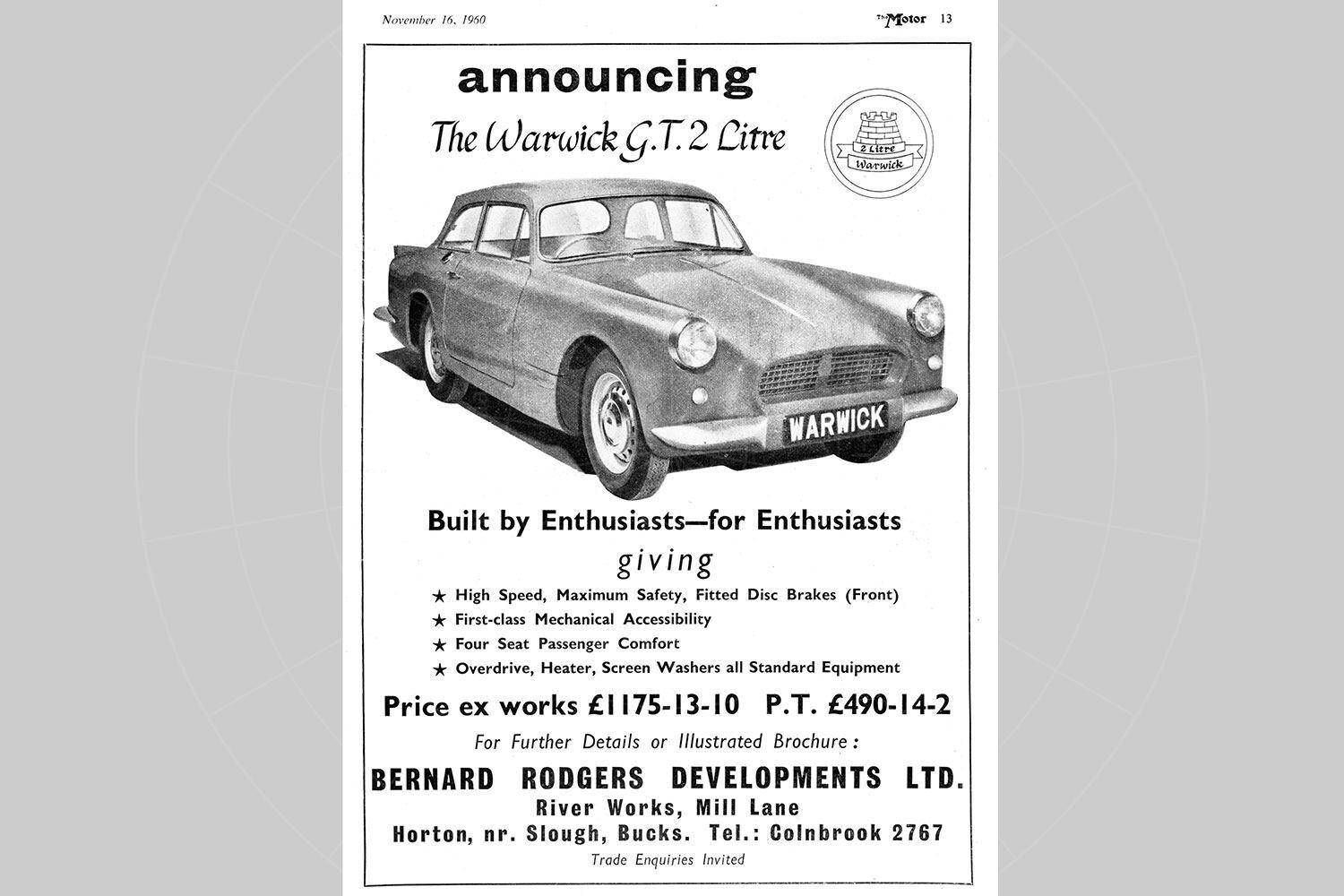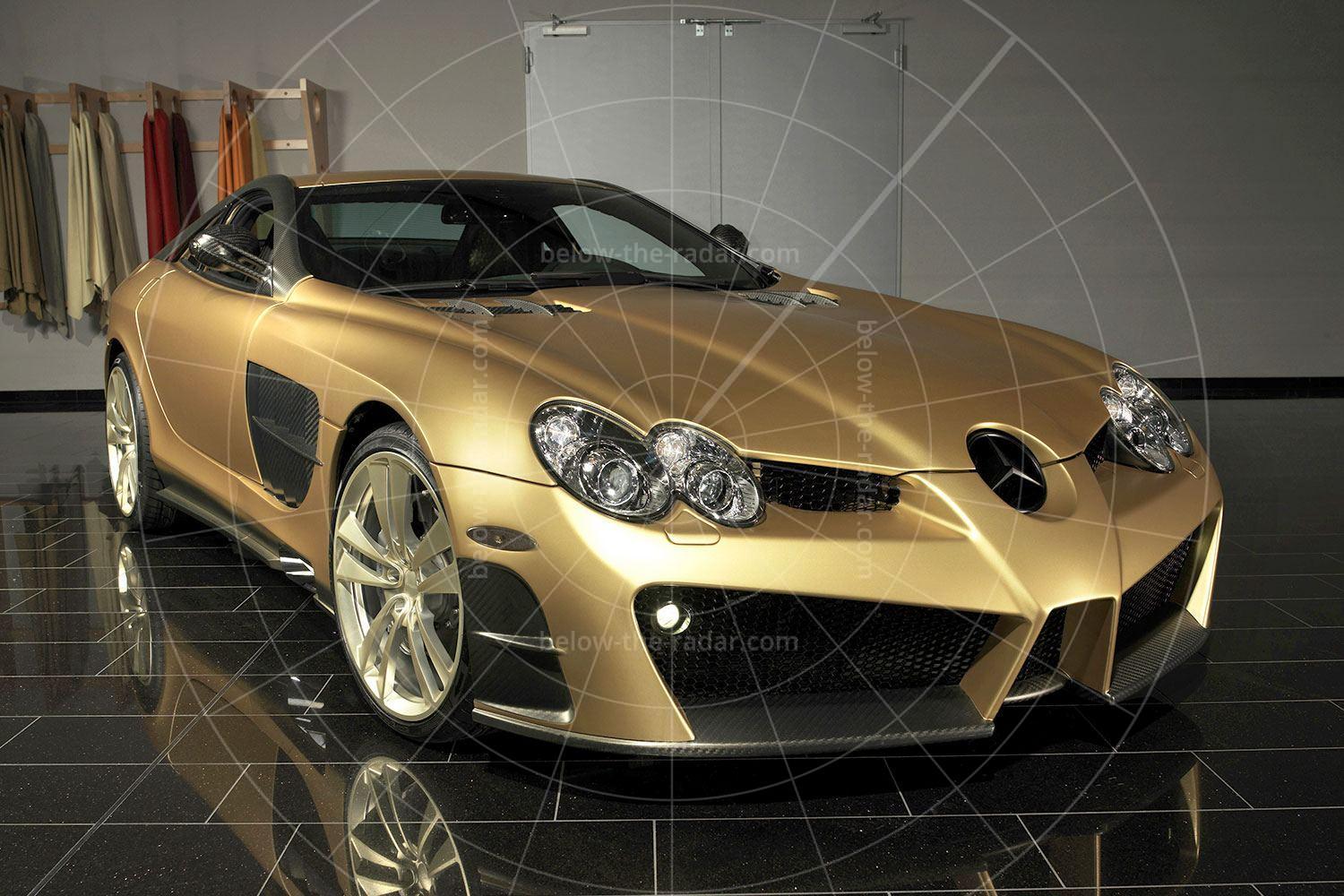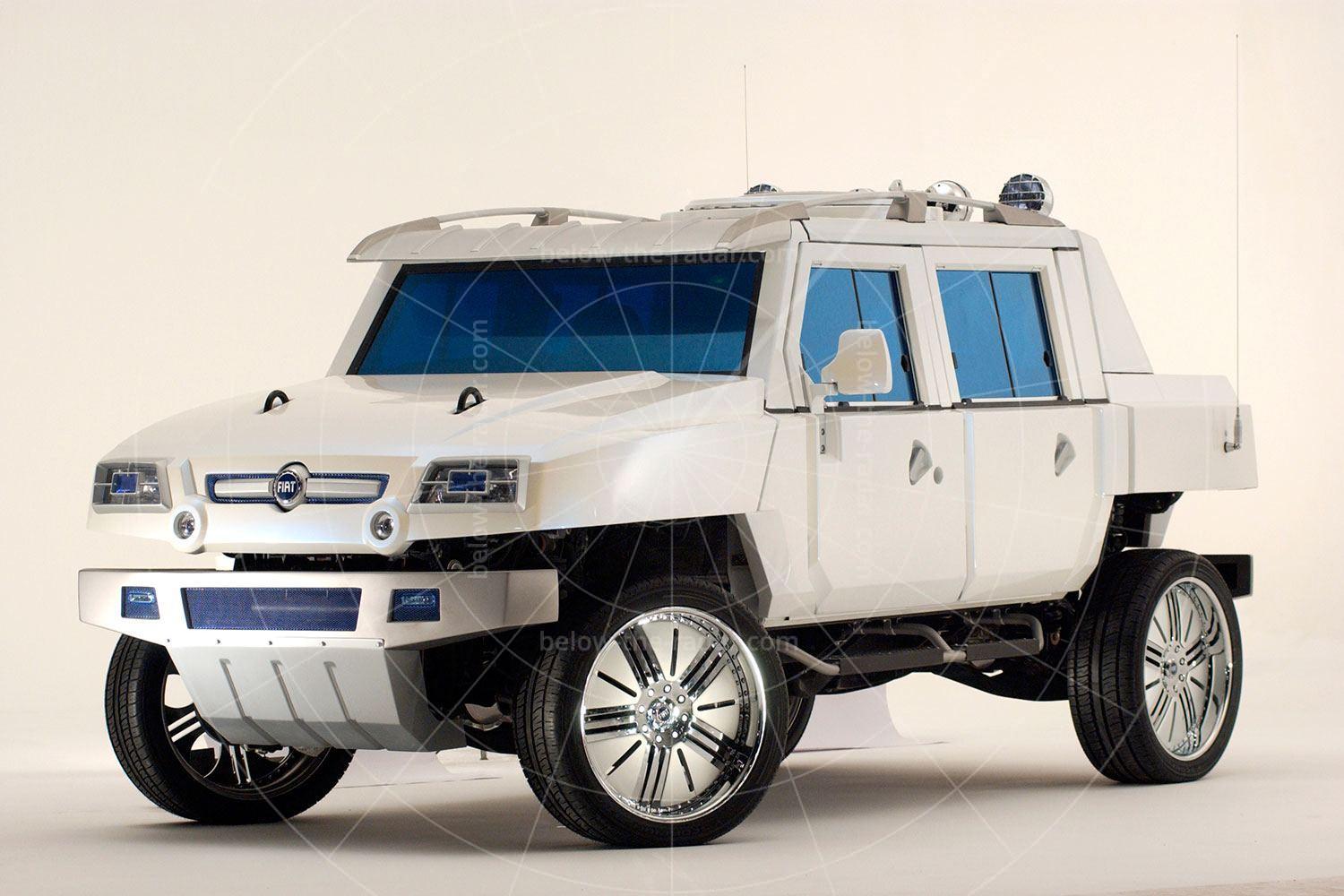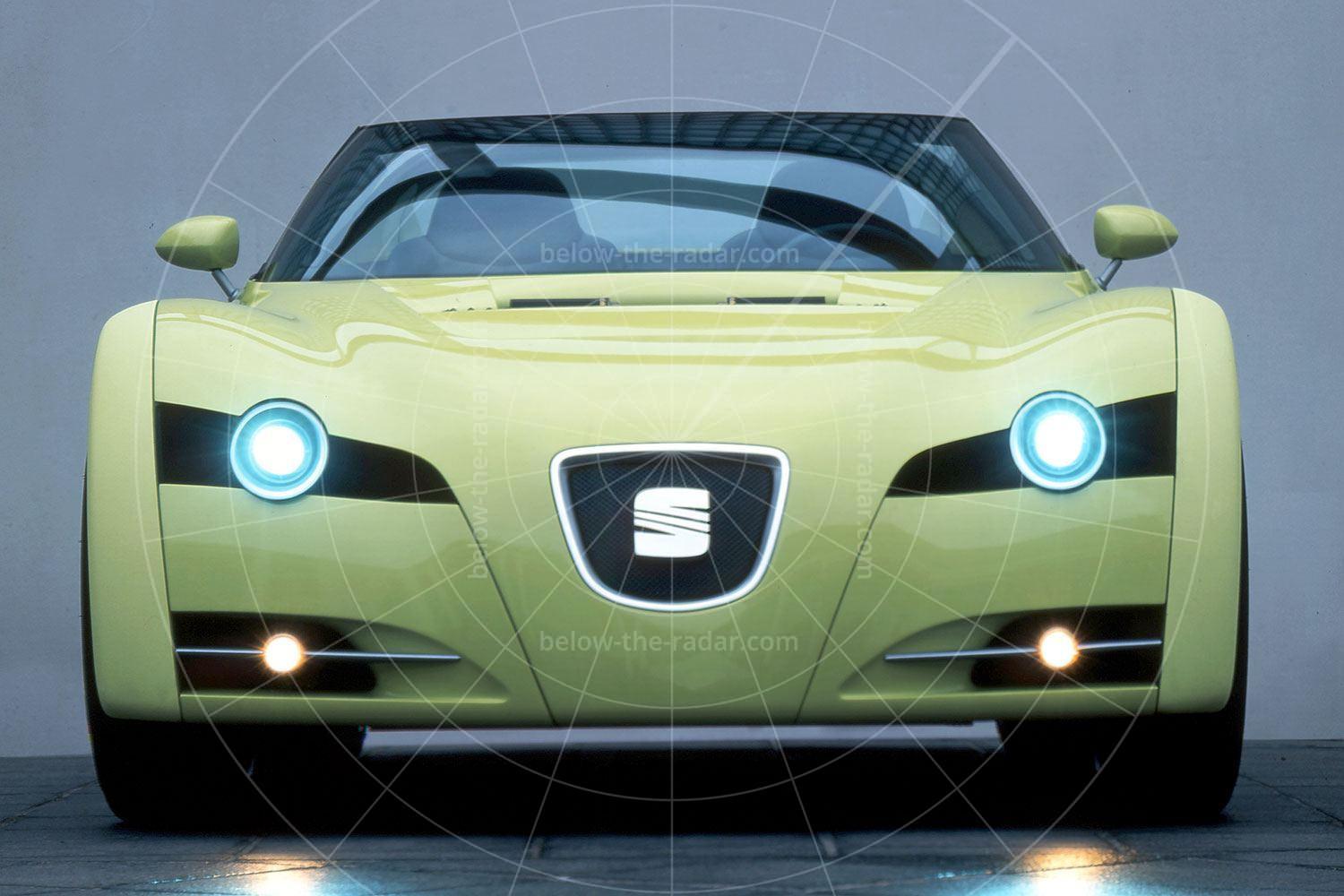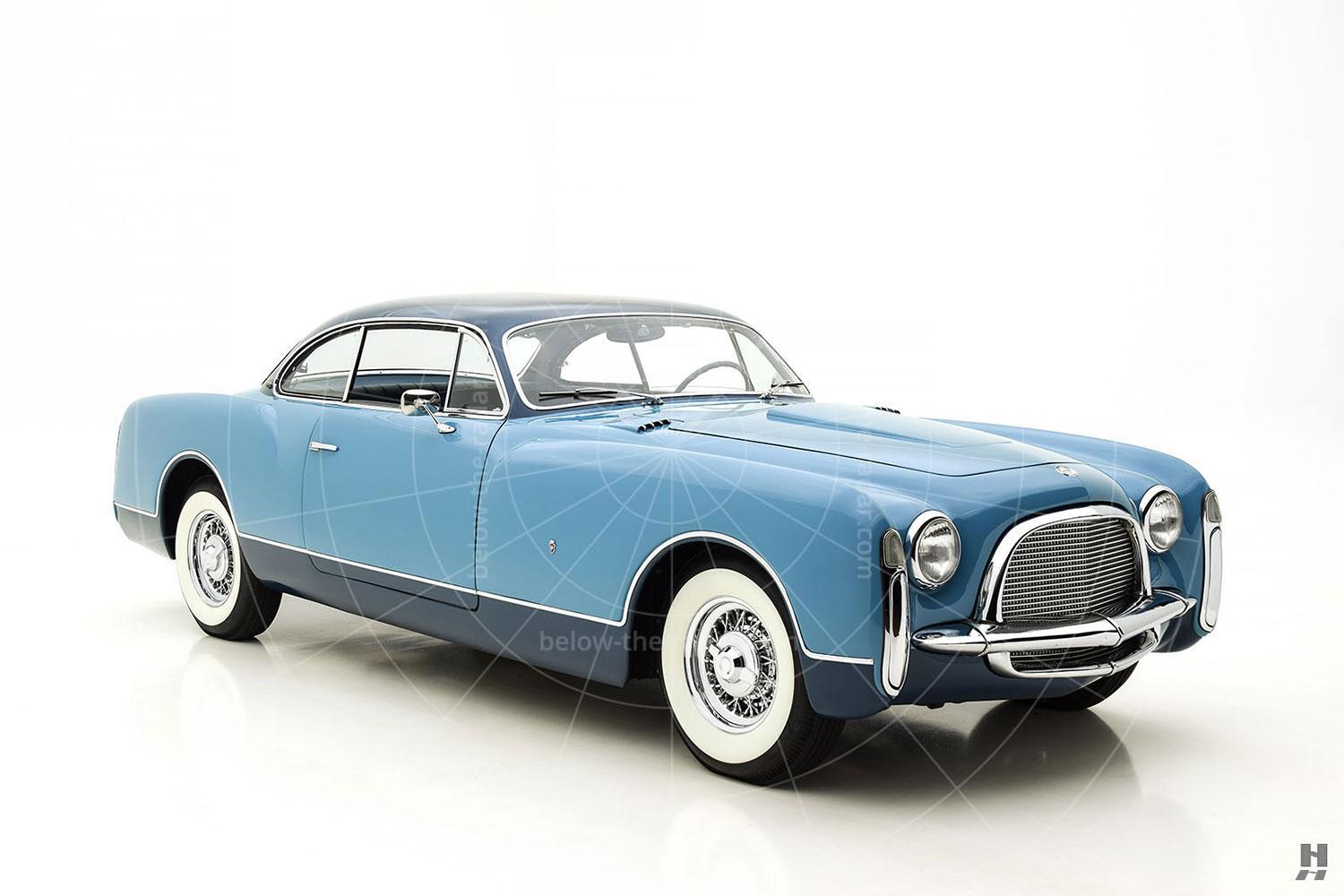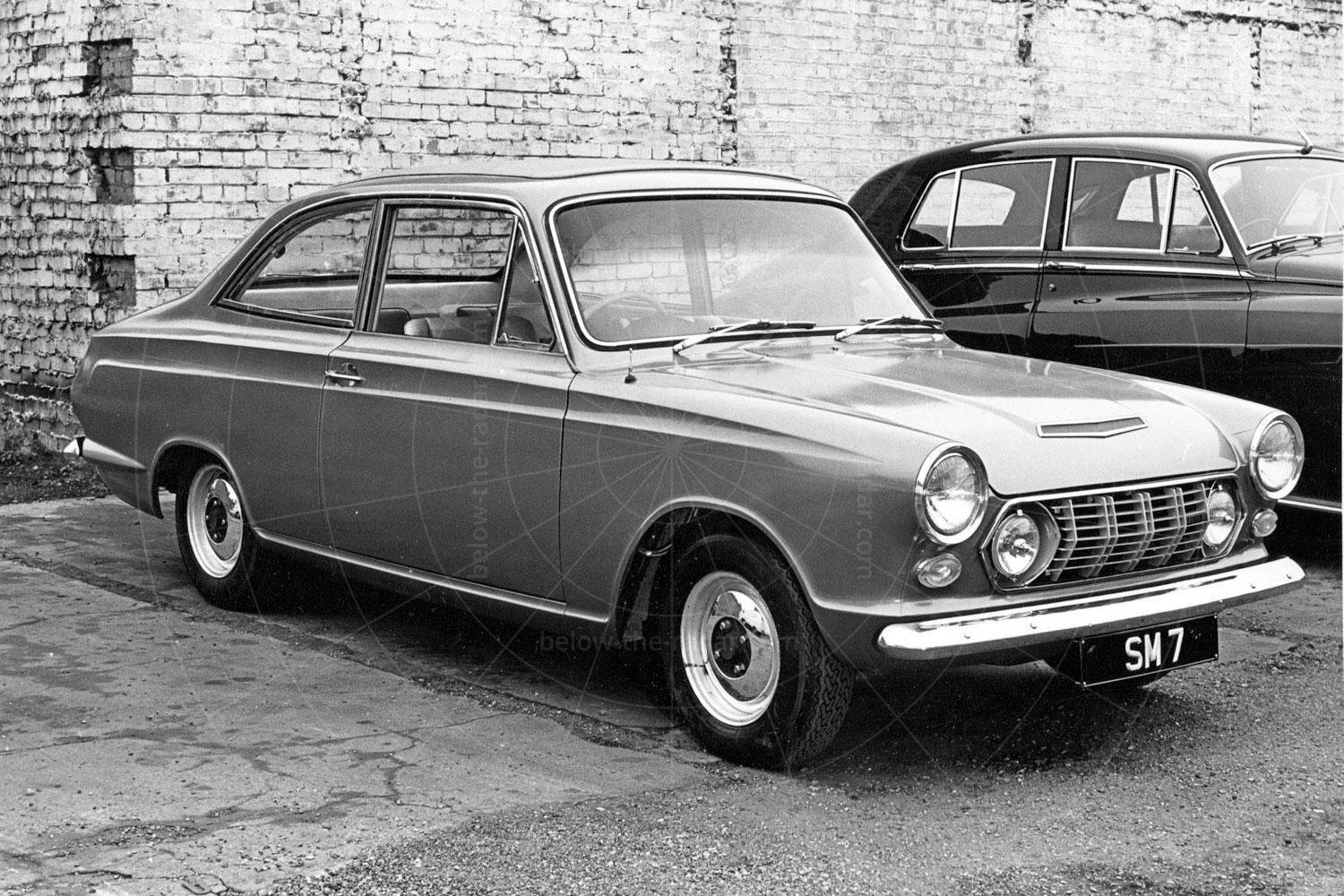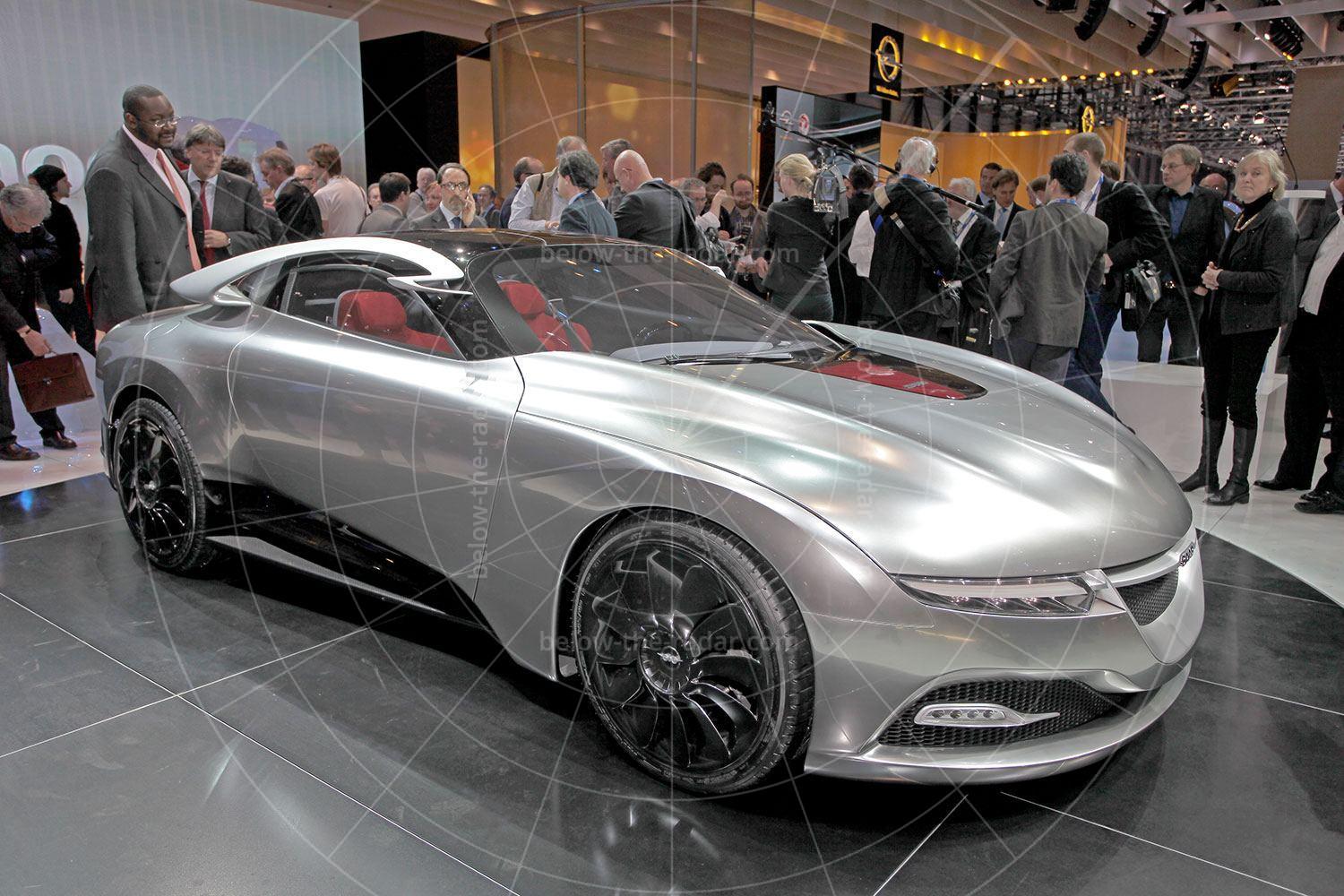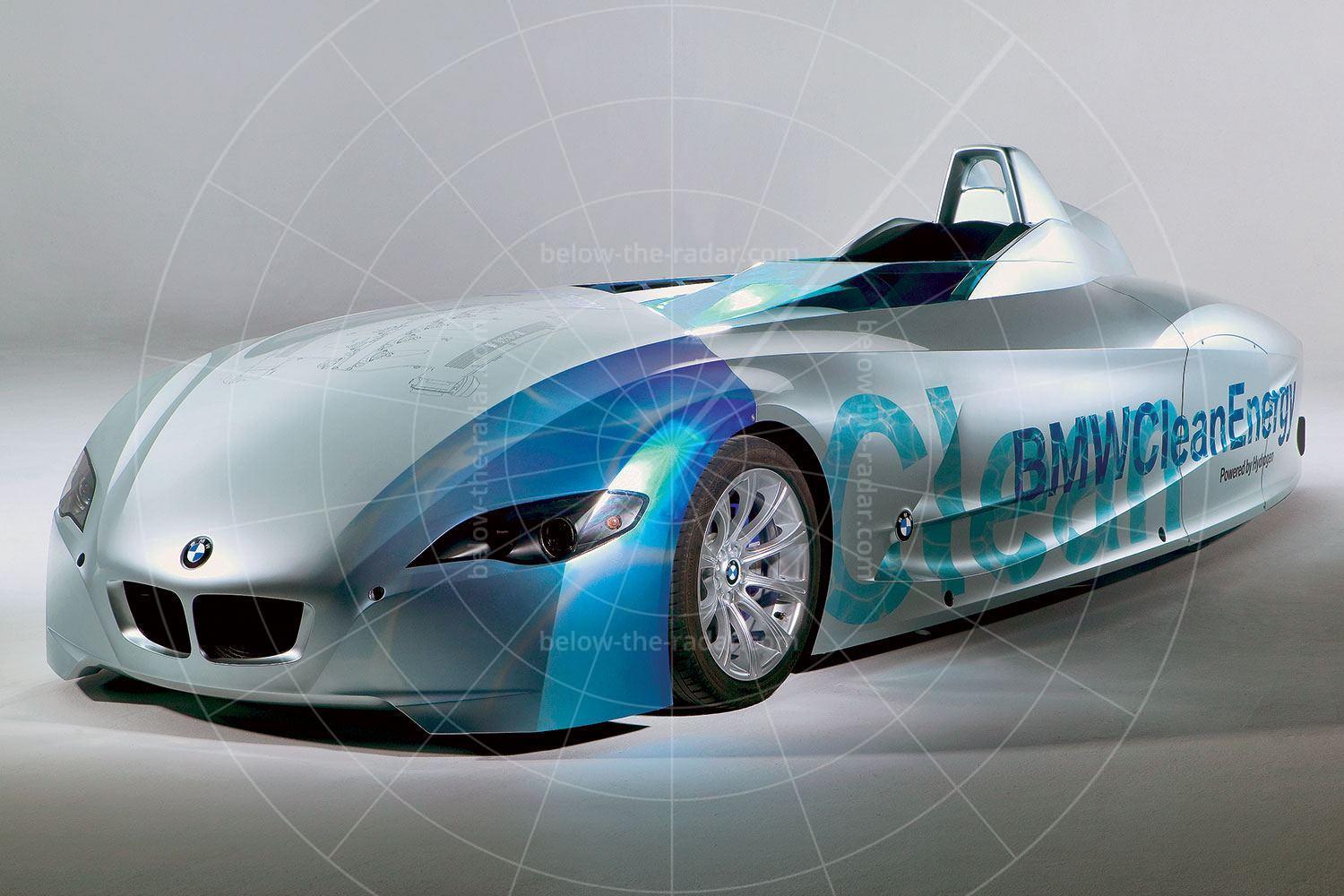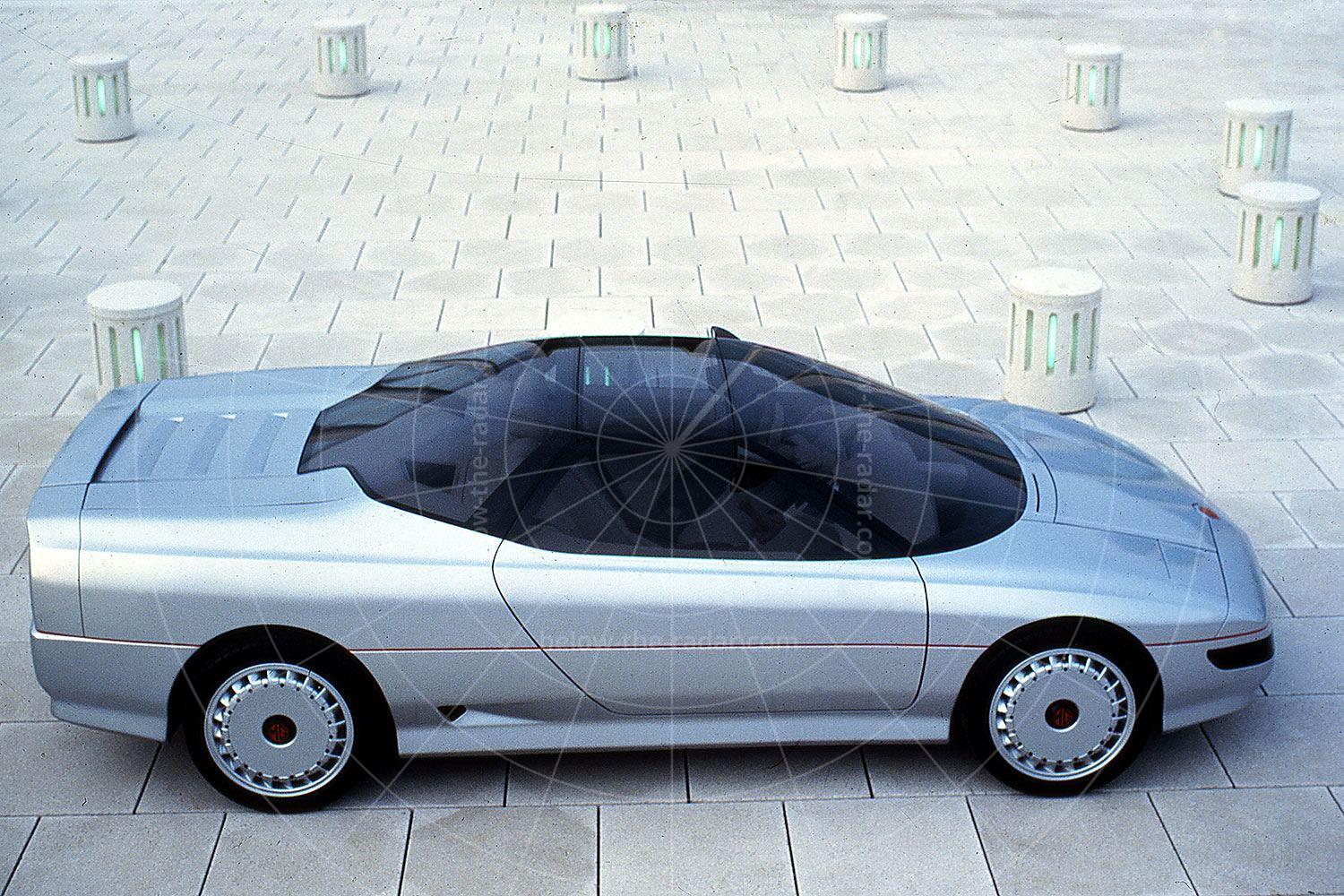When successful hotelier James Byrnes commissioned Bernie Rodger to build him a race car, little did he know what he was getting himself into. Byrnes was a keen amateur racing driver, and he wanted Rodger to design and construct a car which would be competitive, but which could also be put into small-scale production for other club racers to buy.
However, before the first car was built, Byrnes had a chat with his good friend and motor trader John Gordon, who reckoned that it would make more sense to create an affordable four-seater GT for enthusiast drivers, as there was no such thing on the market at that time. The affordable sporting cars then available were all two seaters, while the grand tourers were all too costly for most buyers. The result was a car which was completed in January 1957 and named the Warwick, after the county in which Byrnes’ hotel was located.
Neatly styled and using Triumph TR3 running gear, this first car was great to drive and fulfilled the brief in all but one key area: that of interior space. There wasn’t enough of it, as the car wasn’t a proper four-seater, so the car had to be enlarged to create more head and leg room.
Work began on a second prototype in March 1957, with a view to modifying the styling and creating a more spacious interior. Like its predecessor, this second car featured a spaceframe chassis of box-section steel, with TR3 suspension at the front. At the rear however, the live axle was swapped for a de Dion set up, to improve the roadholding and free up cabin space, thanks to the reduced floor height. The TR3’s leaf springs, hubs and brakes were retained, although double-jointed half-shafts were constructed specially.
There were still twin fuel tanks to give a 14-gallon capacity, while the TR3 engine gave 100bhp at 4000rpm, with power going to the rear wheels via a four-speed manual gearbox with optional overdrive. Just 4ft 2in high, this second take on the Warwick theme was six inches longer and five inches wider than the first. Tipping the scales at just 850kg, the Warwick achieved 118mph in testing, which was pretty impressive on just 100bhp.
As the project progressed it became clear that John Gordon’s London Mews wouldn’t be big enough to build the Warwick, so new premises were acquired in Slough. Previously a Jaguar dealer, this new site was known as Peerless Motors, and having bought the premises, Byrnes then renamed his GT the Peerless.
Until now nobody had been able to have a proper look at Byrnes’ GT, so when the car was finally unveiled at the Paris Salon in September 1957, there was a huge amount of interest. The car was very well received, which made it all the more frustrating that it wasn’t allowed to be displayed at the British motor show the following month, as Peerless wasn’t yet building production cars.
By early 1958 the Peerless was getting plenty of column inches, but it still wasn’t anywhere near production ready. Byrnes approached Standard Triumph, asking it to build the car for him, but the company wasn’t interested, although it was happy to supply engines and running gear. Keen to get the car into production, Byrnes, Gordon and Rodger decided to set up their own company – Peerless Cars Limited – with £20,000 of funding from wealthy backers Sam Rostrum and Oliver Pike.
Deals were done to buy in components from individual suppliers, with a local engineering company commissioned to build the chassis. Nearby outfit Whitson’s of West Drayton was charged with building the glassfibre bodyshells; alloy bodywork, as used for the prototype, would be too costly.
What the car now needed was a publicity boost in the form of some motorsport success, so Peerless ambitiously entered the 1958 Le Mans 24 Hours with assistance from Standard Triumph. Competing in the 2-Litre class, Peter Jopp and Percy Crabb were signed up to drive, with a reserve car piloted by Ian Bailey and Dick Gibson.
Although the race cars featured increased fuel tank capacity, dual-circuit brakes, four petrol pumps instead of two, and a raised compression ratio (now 9:1 instead of 8.5:1), the race cars were basically standard. Completed just five days before the event, Jopp and Crabb brought their car home in 16th place overall, averaging 84mph for the 24 hours and managing 120mph down the Mulsanne Straight. Such a great result guaranteed plenty of publicity for Peerless, with the company then inundated with orders.
When John Bolster tested a Peerless GT for Autosport in March 1959, he was clearly impressed with the car:
Nowadays, even very powerful sports cars are usually only two-seaters, and a growing family spells the end of motoring except in a despised 'family saloon'. Rear seats for legless dwarfs are available here and there, but there is a very real demand for a genuine sports car that will really carry four people in comfort.
The Peerless is certainly a sports car, and it has four seats plus a reasonable luggage boot. The engine, gearbox and front suspension come from a Triumph TR3, but a multi-tubular frame and a de Dion rear axle make the specification really interesting. The body is very low, but four average-sized people may be accommodated, and they are all located on bucket seats.
Comfortable the Peerless most certainly is, but to enter and leave it takes a modicum of skill, as the multi-tubular frame encroaches to some extent on the door openings, and the roof is very low.
The performance is extremely interesting. The Peerless is naturally heavier than the Triumph and Morgan 2-seaters, and when I weighed it with about five gallons of fuel on board, the certificate said 2 ½ cwt (125kg). nevertheless, it is quicker off the mark than these two lighter cars with similar engines, because the de Dion axle virtually eliminates wheelspin. It also accelerates faster than the other pair at the top end of the scale, because the body is better streamlined. The maximum speed is definitely higher than that of the sports 2-seaters, the very respectable figure of 107.1mph having been recorded. This was done on overdrive top gear, on which ratio the engine could not attain full revs. The car runs straight and true at the high speeds of which it is capable, holding the road well.
Keen to capitalise on its success in the press and at Le Mans, Peerless moved into larger premises to expand its production capacity, while also eyeing up the American market. By October 1958 there were 10 cars coming out of the factory each week, thanks to a a significant increase in staffing. Keen to capitalise on such success, Gordon reckoned it was time for Peerless to expand its model range, with a more costly car.
The answer was to fit a bigger engine to the GT, with Chevrolet Corvette power a possibility. However, at the same time (autumn 1959), a revised GT was introduced, called the Phase 2 and featuring a stronger bodyshell and improved interior trim. And then it all went wrong. As a result of a boardroom battle, John Gordon left, ultimately to produce the Gordon GT, which would evolve into the Gordon Keeble GT. Then, after just 44 Phase 2s had been built, Peerless went into receivership in March 1960.
Out of the ashes of the old company came a new one, headed up by Byrnes, Pike and Rodger, and called rather unimaginatively, Bernard Rodger Developments Ltd. A much-revised car was introduced, now once again called the Warwick and featuring a simplified bodyshell with a nose that tipped forward, like the Jaguar E-Type. Priced at £1666 with heater, overdrive and disc brakes, production started in August 1960, but no more than five cars could be built each week because the investment capital wasn’t there. By January 1961 Rodger had walked away and while production continued, the car was getting dated and the build quality had taken a dive.
Despite the lack of interest in the car by 1961, development of a V8 edition was started. Built in conjunction with Tunex Conversions and featuring a Buick 3.5-litre V8, this would hopefully be the company’s saviour. But it wasn’t to be; by January 1962 the company had been wound up. Chris Lawrence bought the remaining spares and parts, reputedly building a further nine cars. Aside from a failed attempt to keep the car going through a Dublin-based outfit called Peerless Dublin Limited, that was it.
| Vital statistics | |
|---|---|
| Produced | 1958-1961, England |
| Number built | 350 approx |
| Engine | Front-mounted, 1991cc, 4-cylinder |
| Transmission | 4-speed manual (optional overdrive), rear-wheel drive |
| Power | 100bhp at 4000rpm |
| Torque | 117lb ft at 3000rpm |
| Top speed | 118mph (claimed) |
| Launch price | £1493 (March 1959) |

